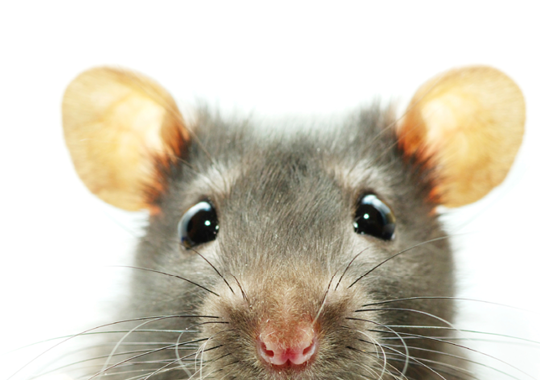Our Science team looks back on its achievements from the last year
Cruelty Free International’s scientists have been working hard for animals in laboratories all over the world
Posted in Science
 June 1, 2018 marked ten years of the EU’s REACH legislation and we used that anniversary to review what REACH has meant for animals. In an article published in the alternatives journal ATLA, we estimated that a shocking 2.2. million animals have been used so far in chemical testing under the REACH regime. Our six-point plan for REACH encourages the use of better and more human-relevant non-animal alternatives in chemical testing in the EU so that animal testing is significantly reduced and replaced.
Our scientists also uncovered information that confirms that REACH rules are increasingly being used to test substances used solely or mainly in cosmetics on animals. We launched a petition to urge the European Chemicals Agency to stop this overREACH and make sure that the cosmetics testing bans are honoured as intended. Please sign and share the petition.
Here are some more breakthroughs we achieved last year that will have a positive impact on animals.
June 1, 2018 marked ten years of the EU’s REACH legislation and we used that anniversary to review what REACH has meant for animals. In an article published in the alternatives journal ATLA, we estimated that a shocking 2.2. million animals have been used so far in chemical testing under the REACH regime. Our six-point plan for REACH encourages the use of better and more human-relevant non-animal alternatives in chemical testing in the EU so that animal testing is significantly reduced and replaced.
Our scientists also uncovered information that confirms that REACH rules are increasingly being used to test substances used solely or mainly in cosmetics on animals. We launched a petition to urge the European Chemicals Agency to stop this overREACH and make sure that the cosmetics testing bans are honoured as intended. Please sign and share the petition.
Here are some more breakthroughs we achieved last year that will have a positive impact on animals.
- Our scientific paper reviewing the use of animals to test botox products in Europe was published in the journal ALTEX. The paper discusses the available non-animal alternatives and calls for action on an EU wide level to ensure that complete replacement of the cruel and redundant mouse test is achieved. Following our continued public pressure, Ipsen announced that they have also implemented alternatives to this test for their botox products.
- We provided an update on all the no-animal methods that have been approved in the last year for the European Commission which they circulated to all EU member states to help promote the use of these alternatives.
- We gave a presentation on the alternatives to the use of monkeys in neuroscience at the European Parliament. MEPs at the event expressed their agreement that a commitment must be made to phase out the use of monkeys in experiments.
- Our scientists published an article in the journal ATLA arguing that the impacts of the laboratory environment on the stress levels of animals are inevitable and make data from any experiments to which they are subjected even less relevant to humans than they already are due to biological species differences.
- We spoke out against a United States Department of Agriculture (USDA) proposal that would have allowed third parties to inspect laboratories in the USA. The move could have resulted in self-regulation of the industry which would have been a disaster for animals. Thankfully, the USDA abandoned this proposal.
- We provided scientific comments on over ten regulatory guidelines that related to animal tests or alternatives to animal tests. One of our comments led to the deletion of a redundant requirement within ‘the suckling mouse test’ in the European Pharmacopeia that had asked for an additional five mice per test, saving countless baby mice in the future!
